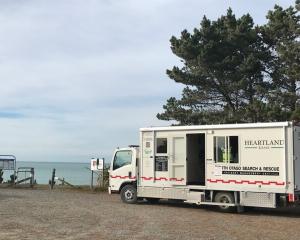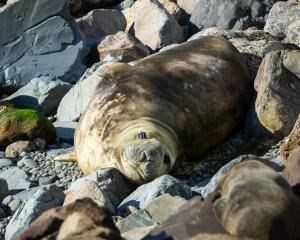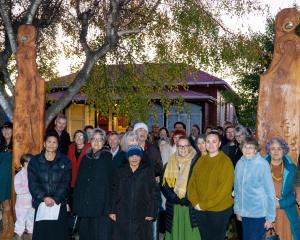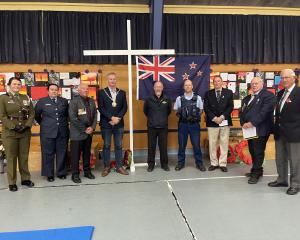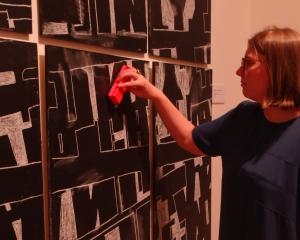
Dredging was initially scheduled for August last year, but was delayed when poor weather conditions throughout August prevented the arrival of suction dredge vessel New Era from Dunedin.
The postponement also aimed to avoid spreading the marine algae Undaria pinnatifida, sometimes referred to as the "gorse of the sea’’.
The was some concern that some of stage 1 of the project — the removal of about 7000cu m of material from a 3m-deep, 120m by 40m channel late last year — could be undone as a result of the delay.
However, Waitaki District Council assets group manager Neil Jorgensen said while survey work had not been done to confirm if infill was an issue, that did not appear to be the case.
"The initial dredging was done to enable the dredge to get into the harbour, so that means ... we are all good and it can get on with its work. I think it is safe to assume there has not been too much infill.
"It really depends on what happens with the weather. Weather has been relatively settled over the last wee while so there probably hasn’t been the larger swells bringing the material in."
Suction dredge vessel Kawatiri from Westport is at present docked at Oamaru Harbour.
It completed some dredging work on Monday, but unfavourable sea conditions this week meant the only other day work could be done was Thursday.
Mr Jorgensen said up to 25,000cu m of silt and sand would be removed from the harbour area — the maximum allowed under its consent with the Otago Regional Council.
That work would create a 40m-wide, 200m-long about 4.5m-deep channel; the sediment would be dumped about a kilometre off the Oamaru coast.
Under the Resource Management Act, the Department of Conservation was involved in the consent process overseen by the Otago Regional Council.
Doc coastal Otago operations manager Annie Wallace said any impact on wildlife was a major consideration.
"As part of the Resource Management Act process, affected parties including the Department of Conservation sought conditions that prevented the dumping of sediment in a way that may have affected little blue penguin foraging during their breeding season. This led to an exclusion period being put in place. However this has now ended, and the dredging and dumping of sediment is able to occur."
The dredging is expected to take 10 working days to complete, subject to weather and sea conditions.




